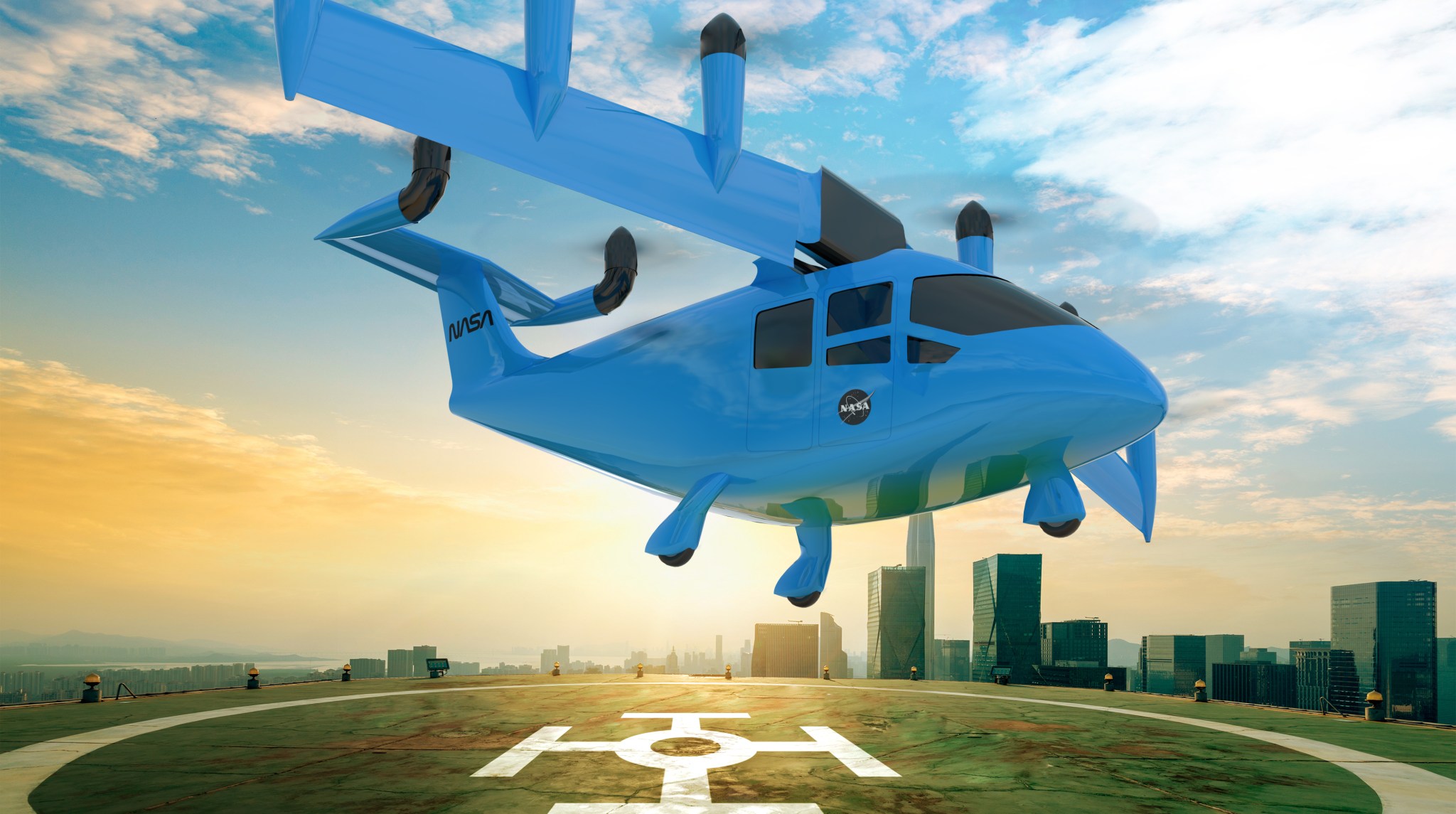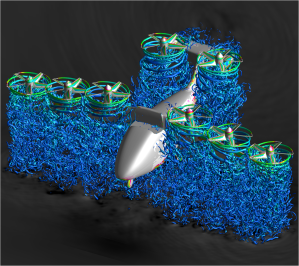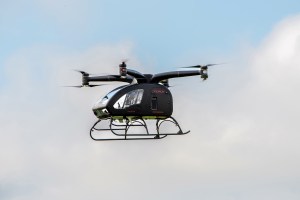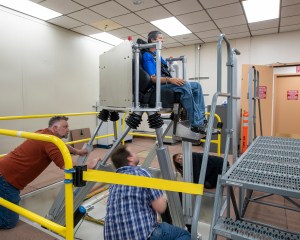
With their unique ability to take off and land from any spot, as well as hover in place, vertical lift vehicles are increasingly being contemplated for use in new ways that go far beyond those considered when thinking of traditional helicopters. NASA’s Revolutionary Vertical Lift Technology (RVLT) project is working with partners in government, industry, and academia to develop critical technologies that enable revolutionary new air travel options, especially those associated with Advanced Air Mobility such as large cargo-carrying vehicles and passenger-carrying air taxis.
These new markets are forecast to rapidly grow during the next ten years, and the vertical lift industry’s ability to safely develop and certify innovative new technologies, lower operating costs, and meet acceptable community noise standards will be critical in opening these new markets.
The RVLT project invests in development of cutting-edge technology and tools to:
• Enable current and future vertical lift vehicles to operate safely and reliably.
• Reduce environmental impacts and minimize intrusion – especially by noise – when in close proximity to people and property.
• Increase access to sustainable transportation and services which creates a broad economic benefit.
While the project has historically conducted research for traditional rotary wing vehicles, such as helicopters, RVLT is currently focusing on specific vehicle technology for new concept vertical lift vehicles across a range of sizes and missions in support of Advanced Air Mobility (AAM).
Current Research Activities
The RVLT project primarily focuses its research in these four general areas.
Clean and Efficient Propulsion
Advanced future vertical lift vehicles of all classes and sizes will require higher speed flight capability and improved operational efficiency. RVLT is focused on enabling the next generation of vehicles to use electric propulsion systems and is targeting propulsion system reliability and standards, system failure modes, and power quality standards for electric propulsion architectures.
Other new areas of investment include modeling thermal management and power systems for electric architectures, electric motor design for reliability, and trade studies of electric propulsion architectures for vehicles of different size classes. RVLT also continues to pursue powertrain technology to benefit electric and hybrid-electric propulsion systems.
Efficient and Quiet Vehicles
To overcome the growth in helicopter-related noise complaints, RVLT has recently combined improved flight operations, a high-fidelity rotor/vehicle design approach, and human factors research to provide a 50-percent reduction in the noise footprint area for commonly used commercial Vertical Take-Off and Landing (VTOL) vehicles.
RVLT is adapting and working to improve existing tools for aircraft noise prediction to apply to new electric VTOL concepts. Noise considerations are coupled with performance calculations in a conceptual design tool chain that will allow users to trade the design space between noise and performance. RVLT also is focused on development of the tool chain and best practice guidelines for modeling AAM VTOL.
The noise of projected fleet operations of VTOL vehicles used in AAM, however, will have a much different impact on the community compared to the flight of a single helicopter. So, RVLT is working to develop methods targeted at analyzing the noise footprint for multiple flyover events. RVLT will deliver validated tools, document best practices for fleet noise modeling, and demonstrate fleet noise assessments of representative AAM operations.
Safety, Comfort and Accessibility
In order to improve the safety of current and future configurations, RVLT supports research in crash safety, occupant protection, and analysis of composite structures under impact. Working with partners in the Federal Aviation Administration, the Department of Defense, and industry, RVLT aims to improve the crashworthiness and occupant safety during impact of AAM vehicles and simplify the certification process.
As part of RVLT’s investment in safety technologies, icing challenges specific to vertical lift vehicles, such as ice shedding from rotating blades, will be addressed in the context of AAM vehicles. Research in icephoebic materials and other ice mitigation technologies are underway with NASA, and in collaboration with other research institutions.
RVLT research on passenger comfort includes flight dynamics and control of multi-rotor AAM vehicles, and human response to vehicle motion and cabin environment. Research in handling qualities, pilot workload, and the extension to passenger comfort is underway.
Modeling/Simulation and Test Capability
RVLT will develop an essential capability to accurately predict acoustics and performance of VTOL aircraft that have multiple rotors/propellers, allowing for configurations that trim the aircraft in novel ways.
New models for acoustic source noise, rotor blade structures, and flight dynamics will be developed. Acoustic and performance calculations will be validated using data from component testing that explore multi-rotor acoustics, multi-rotor performance, aerodynamic interactions between rotors and rotors/fuselage. RVLT will conduct conceptual design studies that explore vehicle acoustics and efficiency trade-offs with designs that are updated using experimental evidence and/or high-fidelity analyses.
RVLT continues to fund fundamental research in vertical lift in partnership with U.S. Army Combat Capabilities Development Command, Aviation and Missile Center and the U.S. Navy Office of Naval Research. The three partners jointly fund the Vertical Lift Research Centers of Excellence. The 2016-2021 VLRCOE teams are Georgia Institute of Technology and their partners, Pennsylvania State University and their partners, and the University of Maryland and their partners.

































